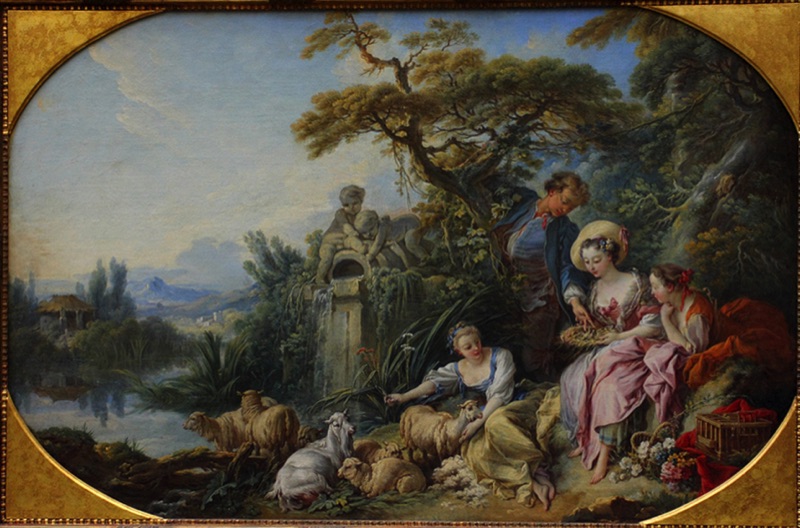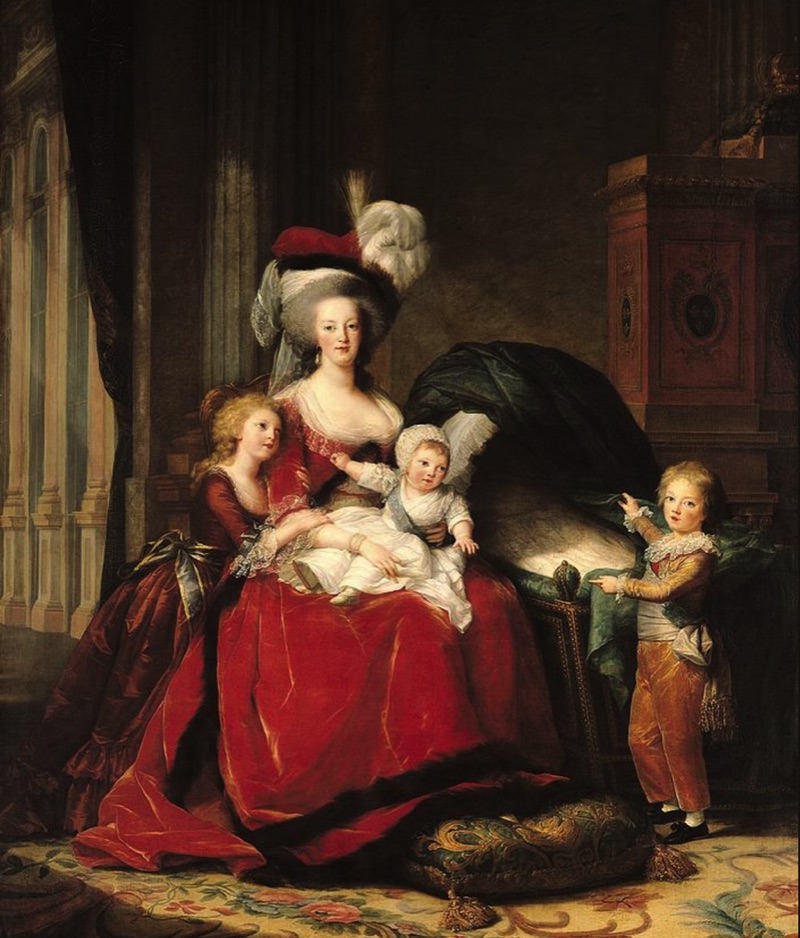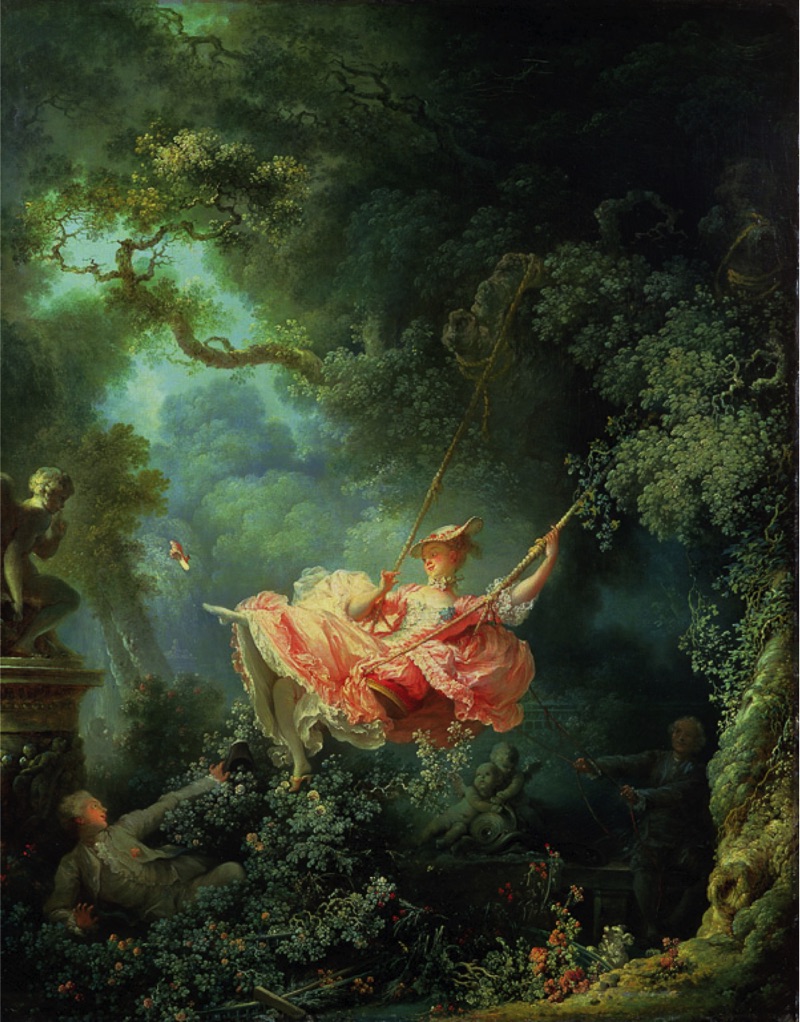The Rococo
pre-class prep: read Chu pp. 19-34 (PDF)
watch Smarthistory video Francisco Goya, The Third of May, 1808 (just the video)
(this video is on a work we'll cover later, but introduces some key terms
and concepts of art-historical analysis for those who are unfamiliar)
people, terms, and concepts: subject-matter, form, context, Ancien Régime, patron, aristocracy, bourgeoisie
key points:
• Be able to discuss the following four broad social, political, and economic changes that were taking place in the late-eighteenth and across the nineteenth century in Europe:
• the rapid growth of industrialization, where machine labor replaces human and animal labor
• the decline in power of the aristocracy, and the rise of the bourgeoisie as the dominant social class
• the rejection of 'absolutist' monarchies, and the rise of democracy as the main political system
• the rise in science and corresponding decline in religion as the dominant 'truth discourse'
• What are the characteristics of the Rococo style in terms of subject-matter, form, and overall intent? Be able to analyze the Boucher and Fragonard below as typical examples.
• Who were the main patrons of Rococo art, and what does it say about their interests and values?
• How is Vigée-Lebrun's portrait of Marie Antoinette different from a typical Rococo portrait, and why? What was the intended message of the work, and how did it relate to a growing discontent with the aristocracy in the late-18th century?
Boucher, The Shepherd's Presents, 1737
Elisabeth-Louise Vigée-Lebrun, Marie Antoinette and her children, 1787
Fragonard, The Swing, 1767



